Posts Tagged ‘kitchen’
The Magical Bend
I have seen tons of elegant flatware but none of them as ingenious as this! The Magic Spoon is a delightful set of spoons, knives and forks that have built-in clasps at the end. Yes, exactly the hairpin kind! You can cleverly cling it to your plate while clearing out the dishes, seal pouches or simply be this show-off with cool cutlery!
Magic Spoon is a 2010 Kitchen Tools Winner!
Designer: Ivan Erkic
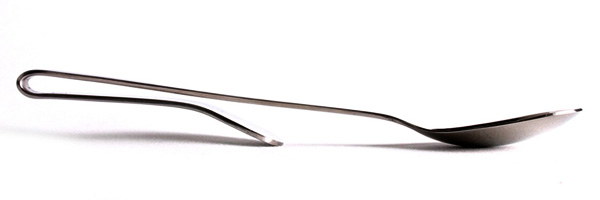
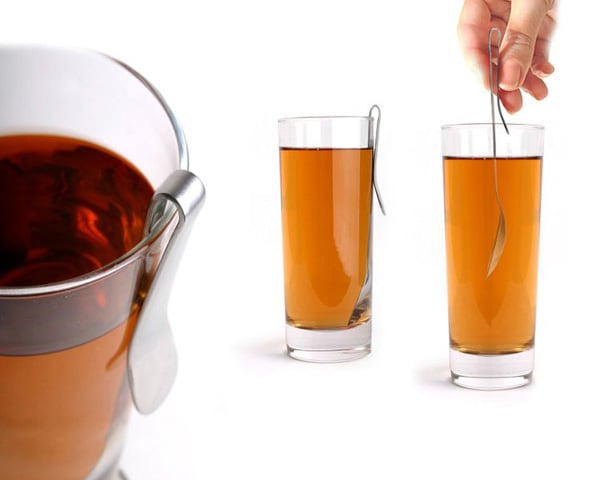
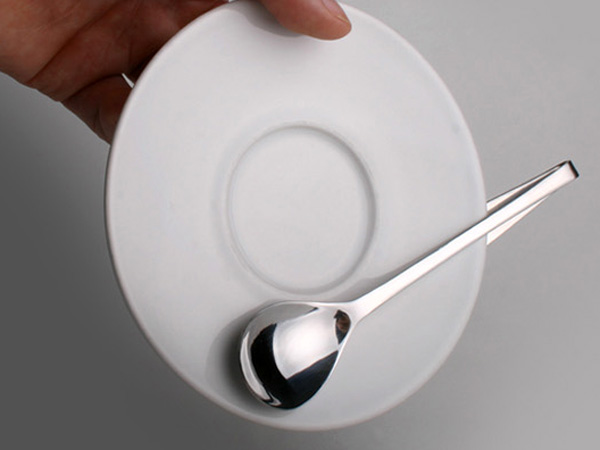
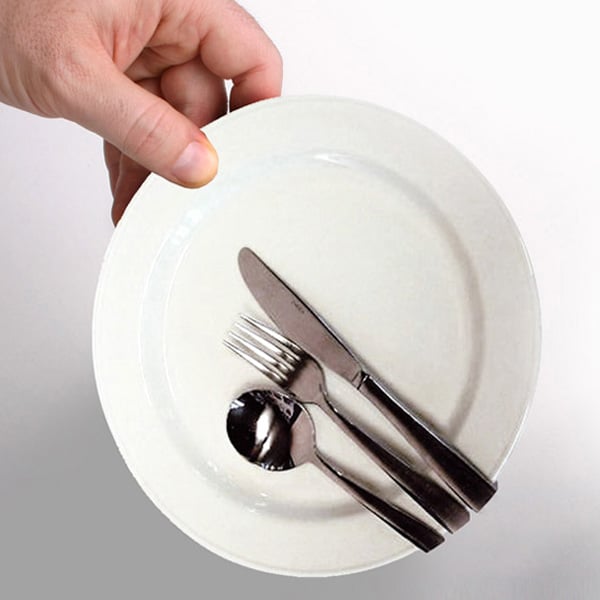
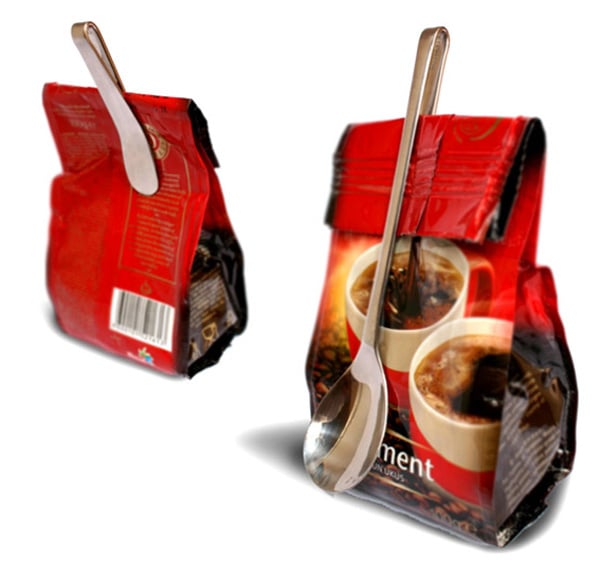
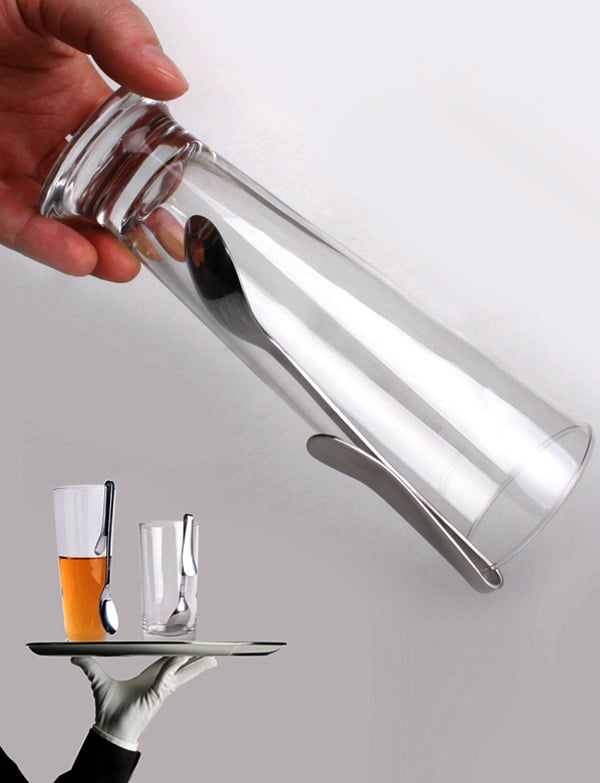
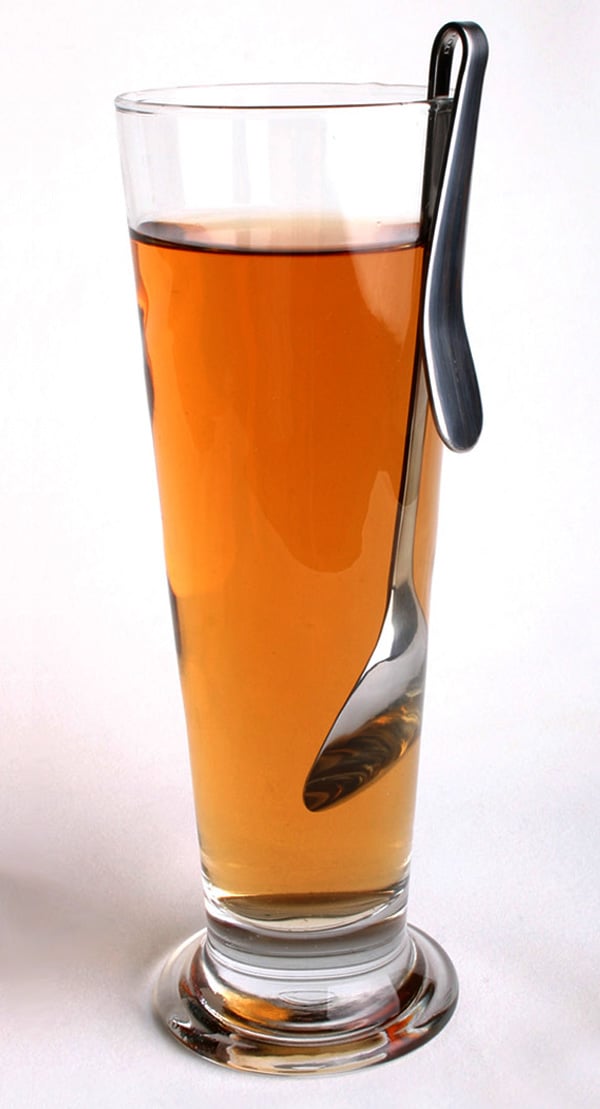
----------
Yanko Design
Timeless Designs - Explore wonderful concepts from around the world!
Yanko Design Store - We are about more than just concepts. See what's hot at the YD Store!
Diana’s Innermost House
Guest Post by Diana Lorence
*New photos added below of loft, kitchen and bathroom
This is Innermost House, my home in the coastal mountains of Northern California. It is the latest of many very small houses my husband and I have occupied over twenty-five years, all for the same reason–to make possible a simple life of reflection and conversation. I am delighted now to be a part of Kent’s public conversation with others who share my love of tiny houses, and I’m grateful to Michael Janzen of Tiny House Design for introducing us.

Innermost House is about twelve-feet square. It faces directly south beneath an open porch that shelters our front door. A hill rises to the north behind us and the forest lies all around. The house encloses five distinct rooms: to the east is a living room eleven feet deep by seven feet wide by twelve feet high; to the west the house is divided into kitchen, study, and bathroom, each approximately five feet wide by three feet deep, with a sleeping loft above the three of them, accessible by a wooden ladder we store against the wall.
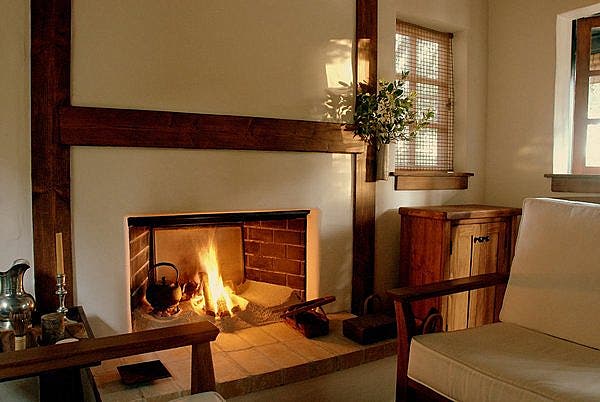
The living room is the heart of the house. It is where my husband and I spend most of our time, and where we receive our guests. On the east wall of the room is a small fireplace set a foot above the floor, with a hearth extension of bricks projecting a foot and a half into the room. On the west side is a wall of books four feet wide and seven feet tall. Between these walls of hearth and books, our two low chairs sit facing each other a couple of feet apart. Everything about the space is conceived to make a harmony of conversation possible.

I know that sounds strange in a world where conversation seems to go on all the time every day. But pause for a moment and try to remember the single most moving and meaningful conversation you ever had. Perhaps it was with your mother or father in days long past, or with your husband or wife when you were first in love. Perhaps it was when you said goodbye to someone for the very last time.

Now, how would you design, build and furnish a place so that those conversations could happen every day? That is the question we asked of every detail of Innermost House, and we are still asking it.
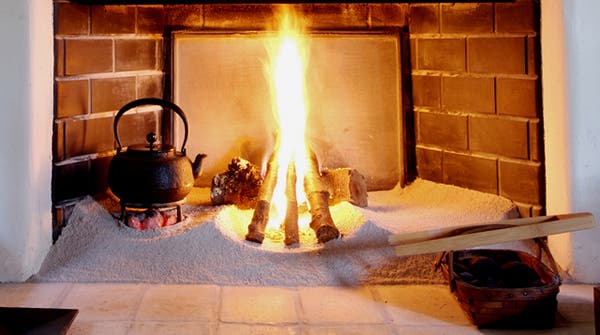
The fireplace is where our conversation begins, just as it began a million years ago when human language and domesticated fire were born together. The fireplace is the original tiny house. After all, what is a cave or a tipi or a wigwam but a big, enclosing fireplace? The fire is our link with the wild. Gazing into the fire seems to release our dream life into words.
The books complete the circle of conversation on the other side. They are our link with the world. All of our books have been carefully chosen over the years as contributing something essential to the Innermost Life. It is strange that it was not until I saw them all together, illuminated by the fire at Innermost House, that I realized nearly every one was first written by firelight. In some way they represent the last light cast from that first fire at the mouth of a cave.
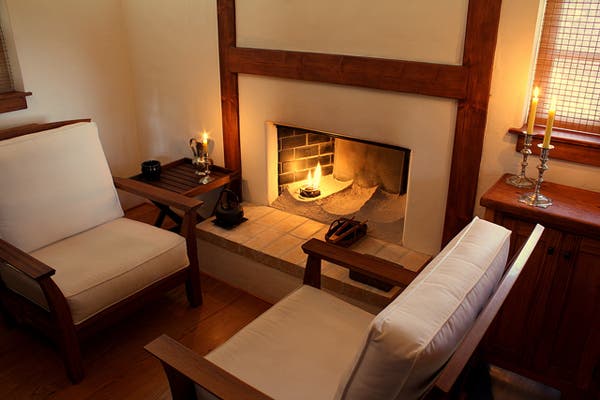
We do not have electricity or power of other kind, so we warm the cabin and cook our food and heat our water for bathing all over the fire. Our firewood comes of local orchard prunings that would otherwise be burned as waste in the field. In the summer we cook over coals and wash with cold water. We light our home with beeswax candles. After examining all the options, we installed a conventional septic system, though we use very little water.

The house is of mixed post and beam and stick construction. Our floor is of yellow pine tongue & grove planks, our ceiling of fir planks and rafters and beams. Our interior walls are of plain white lime plaster applied by hand over blue board. The exterior walls are clad in rough-sawn redwood board and batten. The roof is of cedar shakes. Both the redwood and the cedar are naturally resistant to rot, fire, and insects–all important considerations in the woods. The house is constructed of natural, simple materials, with a lot of care taken to render them neat and plain.
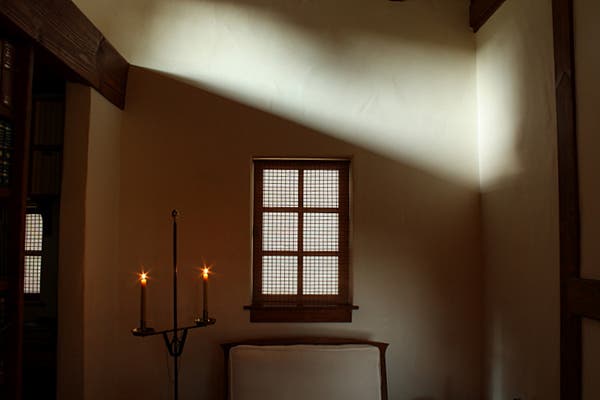
Real wood, real plaster. The real things really do make a difference, at whatever sacrifice they must be had. It’s worth waiting and saving for if you can. The single most expensive items are windows and doors. We found a wonderful man–Jim Kalber of Knapp Mill & Cabinet in Monterey, California–who is still making the real thing at a reasonable price.
The building project required the better part of a year for two men working part time. A good deal of that time was spent in familiarizing ourselves with the traditional building language of the region. We would have built a rather different house in New Mexico or Massachusetts or Virginia. My husband always limits himself to the vernacular of a region so that, as he says, nature can have a hand in the building.
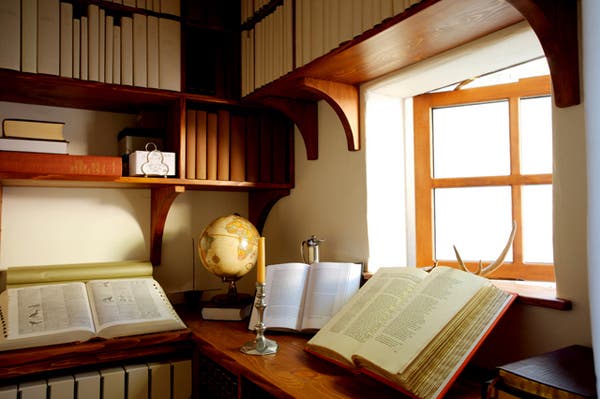
Â
This kind of life has been made possible for us by living in partnerships of one kind or another over the years, often in guest houses. We have moved many times, and have never owned a home. My husband is a private confidant and friend to people in public positions. Men come to him for the special kind of conversation he makes possible. Innermost House was built for us on the land of such a partner and friend. Many local building ordinances allow for small guesthouses.
I have loved our small houses, and I love Innermost House most of all. There are many reasons for wanting to live in a tiny house. A simple life of high conversation is my reason. I could not live any other way.
Diana Lorence is an inspirational speaker on the pleasures of the Simple Life. Innermost House was designed by Diana’s husband, Michael Anthony Lorence. More photographs of Innermost House and stories of Diana’s life in the woods may be seen by visiting her website www.wordsfromthewoods.com.
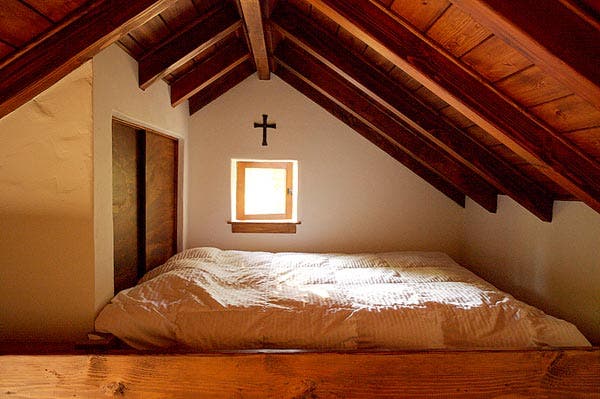



Refrigerator Upgrade Magnet
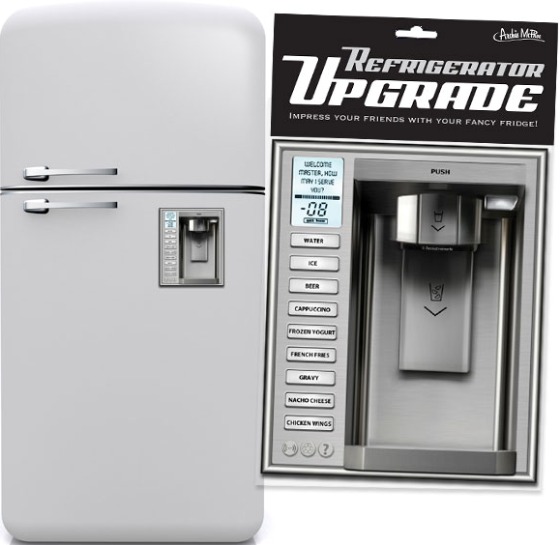
Now you can finally make your cheap old fridge look like your neighbor’s modern and expensive high-end model, equipped with ice and water dispensers and digital display, using nothing but a simple magnet.
Who uses those features anyway? No one will ever notice the difference.
Closer inspection, however, will reveal some peculiar options like “Frozen Yogurt,†“Nacho Cheese,†and “Chicken Wings.†Sure to frustrate your friends as they desperately press the “French Fries†button to no avail.
The Refrigerator Upgrade Magnet is yours for $7.95 from Archie McPhee & Co.
(Via 7 Gadgets)
